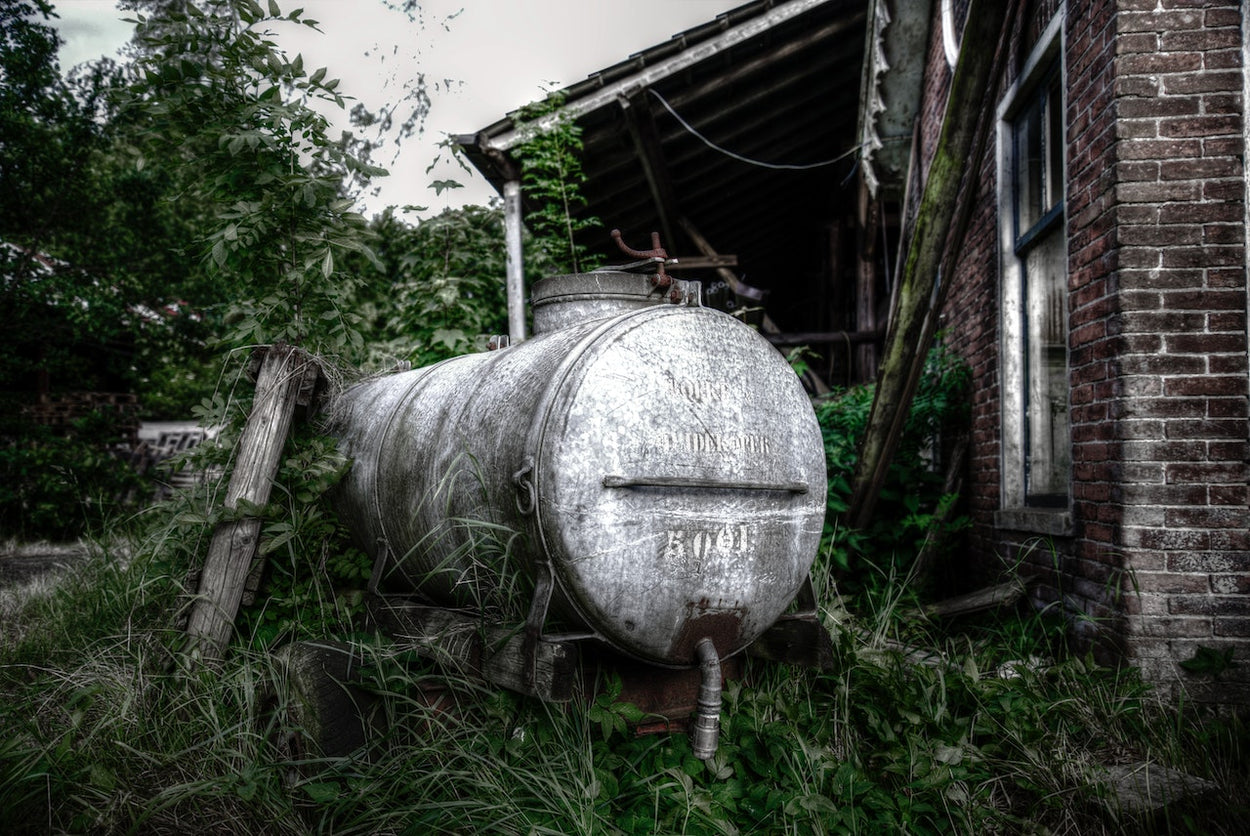One of the problems with tank water is copper dissolved into the water resulting with blue/green stains on surfaces in the bathroom, this is of course from your own copper pipes within the house. This is caused by the water being soft acidic which is aggressive on the pipes resulting in corrosion of the copper pipes.
This can be corrected with a whole house system with an extra special stage which contains calcite and coral sand but you can correct the pH in the tank yourself and by correcting the acidic part this will result in almost no copper in the water but the pH must be raised to around 7.0 to 8.0 pH. This can be done several ways, a quick way is to use lime (which is also called burnt lime) and mix some into a bucket with water, pour into tank and dispersion can be assisted with something like a long handled shovel by doing a few oar strokes in the tank but not enough to cause disturbance of sediment in the bottom of the tank.
Leave it to settle for a day or two, test using a fresh water aquarium pH test lit (these can be purchased from pet shops), never use the test strips that can be purchased from a chemist as these are inaccurate and normally show about 1 pH level too low. Test again and see what the result is, you will learn just how much is required each time to adjust the pH level in the tank. We cannot advise you just how much adjustment it will take, as different situations will have different pH levels and tank volumes. The idea is to creep up on the desired pH level and not to do a big dose and over shoot the mark, you must also be patient and do the test a day or so after dosing the tank to give the lime time to disperse and react with the acids.
Another way is to put seashells in the tank, this is the best way as the acidic water will act on the calcium in the shells and dissolve into the water which will buff the pH level. The shells will dissolve away so you will need to keep an eye on them to know when more are required, you can also use shell grit and suspend it in a large onion bag or a bag made from a open material like shade cloth as it won’t rot, it is a good idea to attach a piece of string so you can retrieve the bag when required. This method is slower at the start but is more stable because once a pH balance has been reached it will be stable until the shells have dissolved away and need replacing.
Another way is to place some large concrete bricks in the bottom of the tank, just how many will be governed by the size of the tank, trial and error will determine the quantity.


